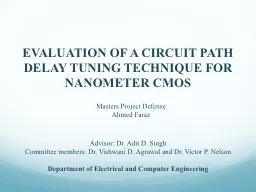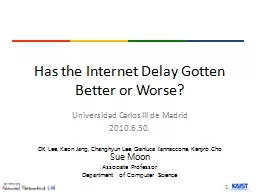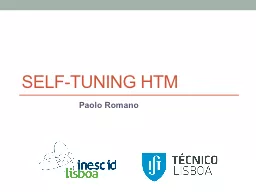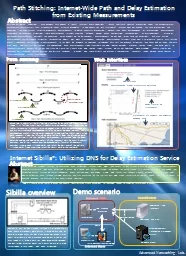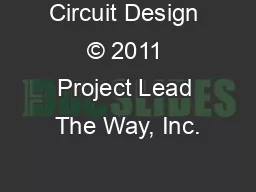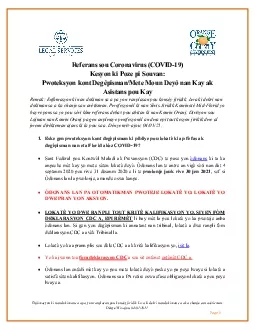PPT-EVALUATION OF A CIRCUIT PATH DELAY TUNING TECHNIQUE FOR NAN
Author : jane-oiler | Published Date : 2016-08-01
CMOS Advisor Dr Adit D Singh Committee members Dr Vishwani D Agrawal and Dr Victor P Nelson Department of Electrical and Computer Engineering Masters P roject
Presentation Embed Code
Download Presentation
Download Presentation The PPT/PDF document "EVALUATION OF A CIRCUIT PATH DELAY TUNIN..." is the property of its rightful owner. Permission is granted to download and print the materials on this website for personal, non-commercial use only, and to display it on your personal computer provided you do not modify the materials and that you retain all copyright notices contained in the materials. By downloading content from our website, you accept the terms of this agreement.
EVALUATION OF A CIRCUIT PATH DELAY TUNING TECHNIQUE FOR NAN: Transcript
Download Rules Of Document
"EVALUATION OF A CIRCUIT PATH DELAY TUNING TECHNIQUE FOR NAN"The content belongs to its owner. You may download and print it for personal use, without modification, and keep all copyright notices. By downloading, you agree to these terms.
Related Documents

